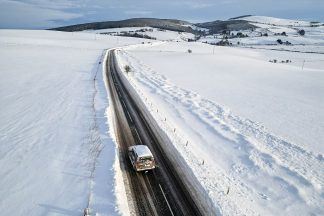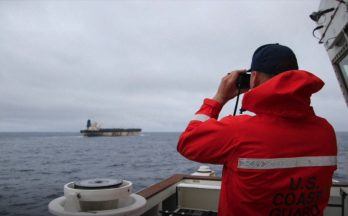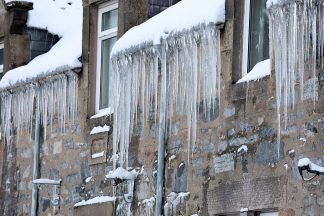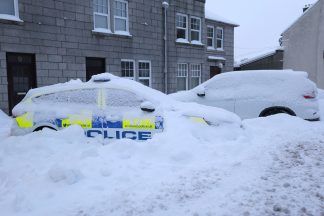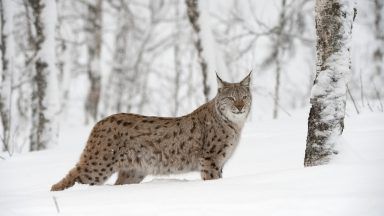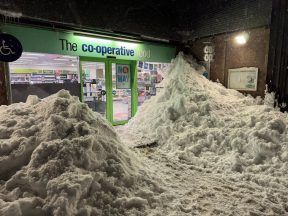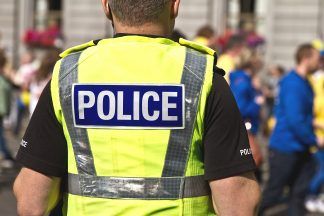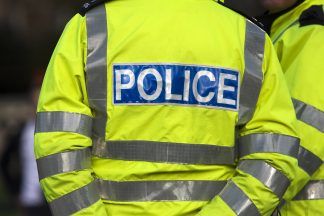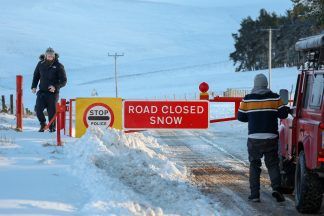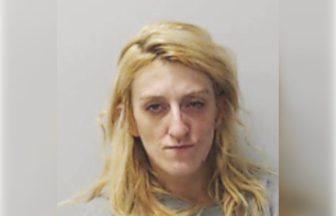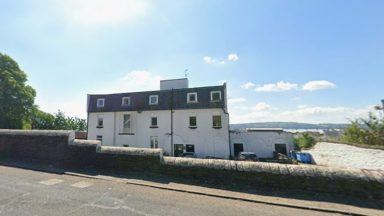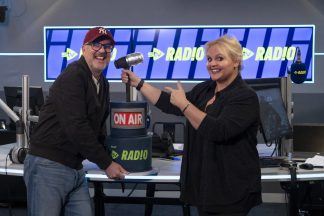A new museum dedicated to the Scottish witch trials has opened in Fife.
Thousands of people, mostly women, were tried and executed for witchcraft in the 16th and 17th centuries.
Now a collection of historical instruments and manuscripts are being displayed at the museum – and the new addition to Leven is proving popular.
From articles from the trials of women accused of being witches, to instruments used to torture them, details of what life was like in the 16th and 17th centuries is laid bare in this newly opened space.
An estimated 4,000 people were tried for witchcraft in Scotland.
The owner and curator of the museum, Leonard Low, has written seven books on the history of witch trials in Scotland and said he has been buying and collecting items for years.
Local historian Leonard Low, who curated the museum, said: “This is a collective of 173 years of witch hunting in Scotland. We have documentation and articles directly from trials.
“There were witches right along the coast in every little fishing village. It’s brutal. This is a lasting testimony.
“My records I have are all full of these poor people who were killed for being associated with a witch.
You could say I am going to accuse you of witchcraft because I had a dream you were a witch – this is what they were up against”
“People coming here are bemused by what they have seen.”
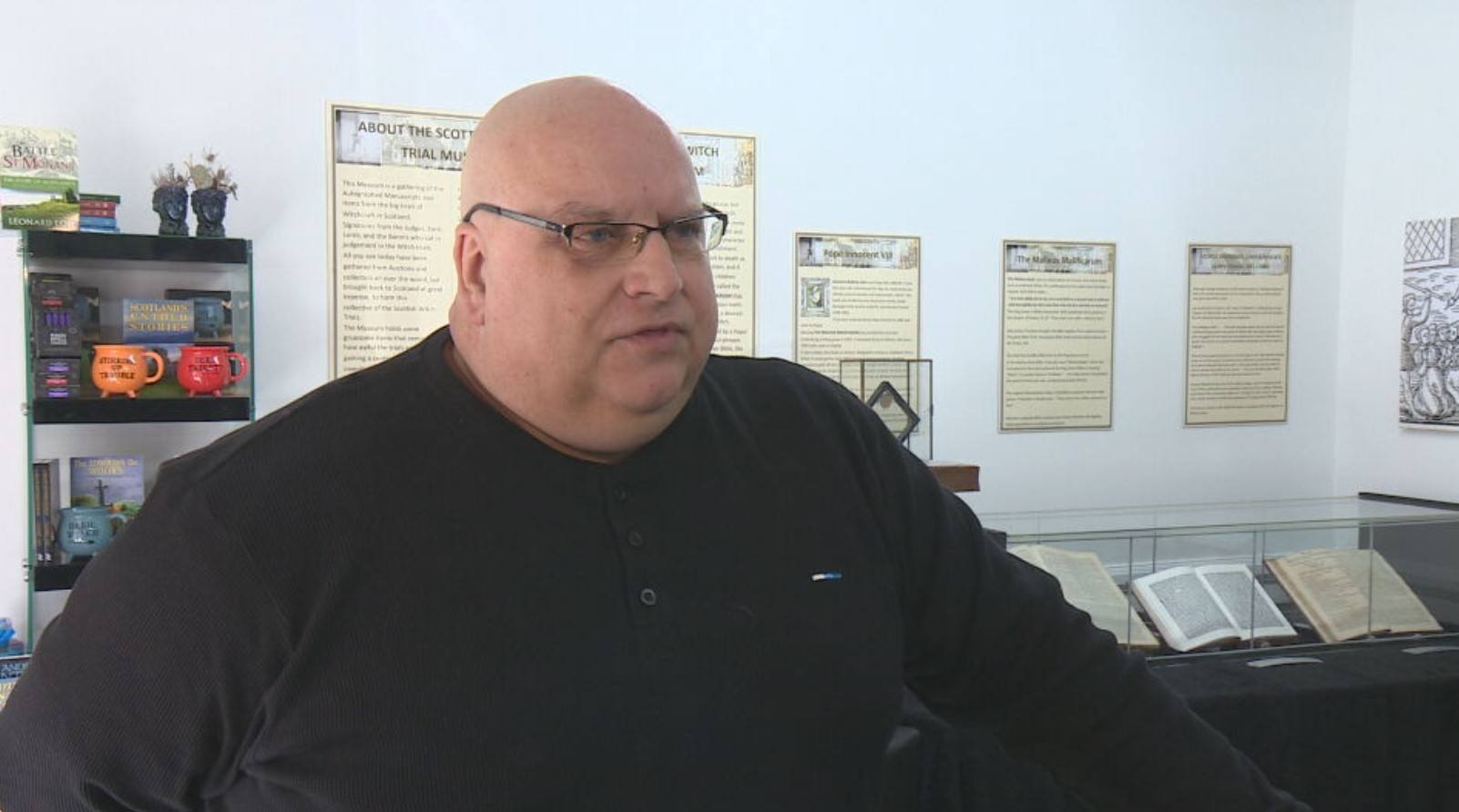 STV News
STV NewsDuring the ninth parliament of Mary Queen of Scots in 1563, brutality against those accused of being witches was allowed. That carried on until 1736, when the terminating of witches was outlawed.
There are plans underway to create the first national memorial to those accused of and persecuted for witchcraft in Scotland at St Ninian’s, near Kelty in Fife.
Edinburgh has its own plaque to mark the spot where around 300 women were burnt at the stake.
“The Bill hammered witches and their associates – the poor people associated with a witch were killed, whether they were cohabiting, assisting or abetting a witch,” Leonard said.
“They were going for the person renting her property, selling her food, clothes and milk. So when I’ve got one witch, I’ve got six.”
He added: “They were blamed for any kind of calamity. Crop failures, death at sea, infant mortality. Midwives and medicine goers were chased down. This was the policy of finding your witch.”
Leonard has sourced a range of documents and artefacts from auctions around the world which shed light on the persecution of witches in Scotland.
Among them is a letter to the parents of Catherine Campbell, a servant girl who was burned at the stake after being accused of theft and witchcraft during the Bargarran witch trials in 1697. The prosecutors were demanding they pay the fee for their daughter’s execution.
The branks, also known as a witch’s bridle, is among a variety of torture devices on display at the museum.
Leonard said: “We’ve lost official records. The last burning in this country was in Dornoch in 1727. There were no official records of it but it was witnessed by English soldiers building roads there. They had written it in their diaries.
“The history has been hidden for so long and none of it was ever taught.”
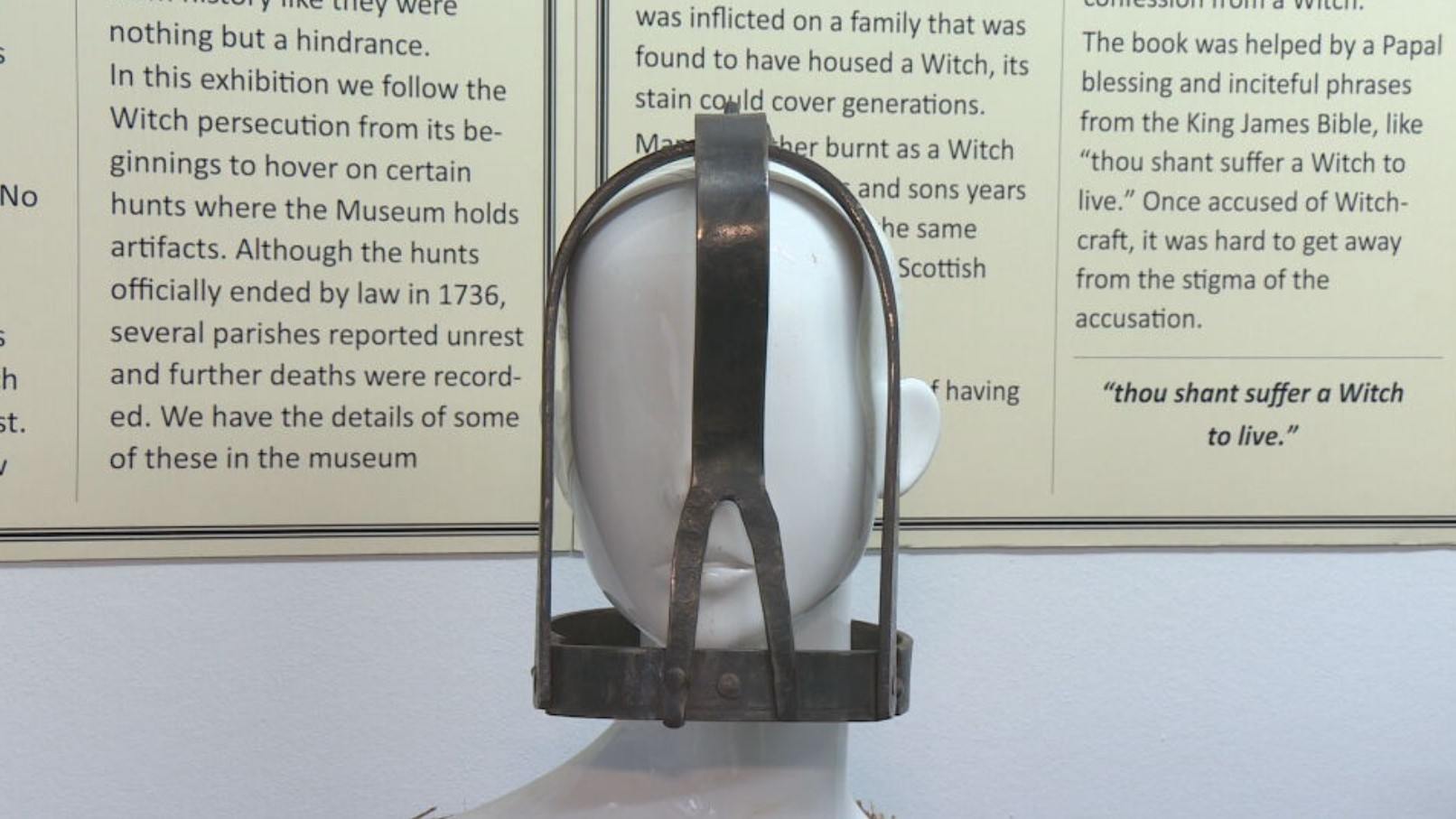 STV News
STV NewsLisa Robertson visited the museum from Bristol and is a practicing witch.
The kitchen assistant also has ancestors on her mother’s side from Fife, where an estimated 380 people were accused of being witches during the period.
She said: “It’s just awful. Seeing these gruesome devices makes it more real. You can only imagine what these women went through.
“It makes me feel for my ancestors, thinking back to the women in my family who could have potentially been persecuted and what was going through their minds.
“Anyone could point the finger at you. Those were terrifying times.
“There is nothing scary or evil whatsoever about being a witch. I work with different energies and it is nature-based. It find it empowering and it has changed my life for the better.”
Follow STV News on WhatsApp
Scan the QR code on your mobile device for all the latest news from around the country





